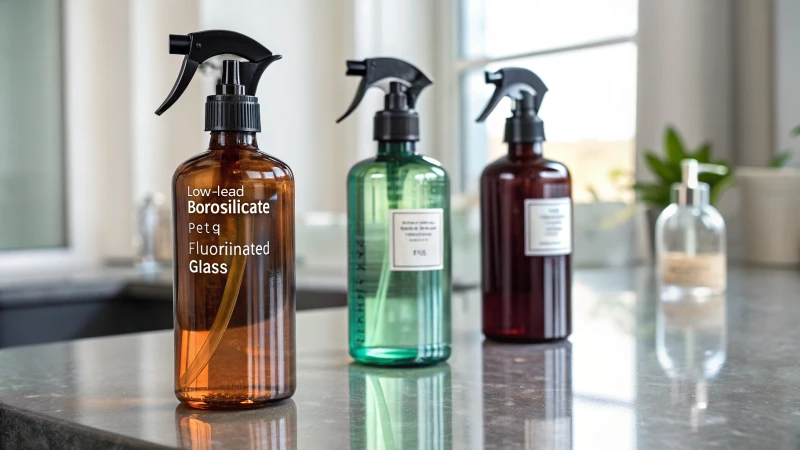
Ever felt lost in a sea of sprayer bottle options? You’re not alone.
To pick the perfect sprayer bottle material, consider the chemistry and purpose of your product. Perfumes thrive in low-lead borosilicate glass, skincare mists are best in PETG to lock in moisture, and essential oils need fluorinated glass to avoid reactions. These choices ensure your product’s integrity and longevity.
Reflecting on my own journey, selecting the right sprayer bottle material was a blend of art and science. I learned early on that each material interacts differently with the products I crafted—perfumes, skincare, and essential oils all demanded distinct considerations. Perfumes, for instance, require a material that won’t alter their delicate balance. I remember the first time I saw how low-lead borosilicate glass kept my perfume’s aroma intact—pure magic!
Meanwhile, my skincare line needed PETG bottles to prevent evaporation, keeping every drop of Vitamin C fresh and effective. And those tricky essential oils? Only fluorinated glass could withstand their potent nature without corroding.
Getting these details right not only ensured my products’ quality but also strengthened my brand’s reputation. If you’re diving into this world, pay close attention to how these materials interact with your products. It’s an investment in both your product’s success and your peace of mind.
Perfumes should use low-lead borosilicate glass bottles.صحيح
Low-lead borosilicate glass ensures purity and maintains fragrance quality.
PETG bottles are unsuitable for skincare mists.خطأ
PETG is suitable as it prevents evaporation and preserves product efficacy.
What Chemical Compatibility Factors Should I Consider for My Products?
Navigating chemical compatibility in product manufacturing is like balancing a complex equation. Each element plays a crucial role in ensuring stability and safety.
Chemical compatibility is all about understanding how different materials interact with product components, directly influencing stability and safety. Key factors include material type, environmental conditions, and potential reactions, which together ensure product integrity and reliability.
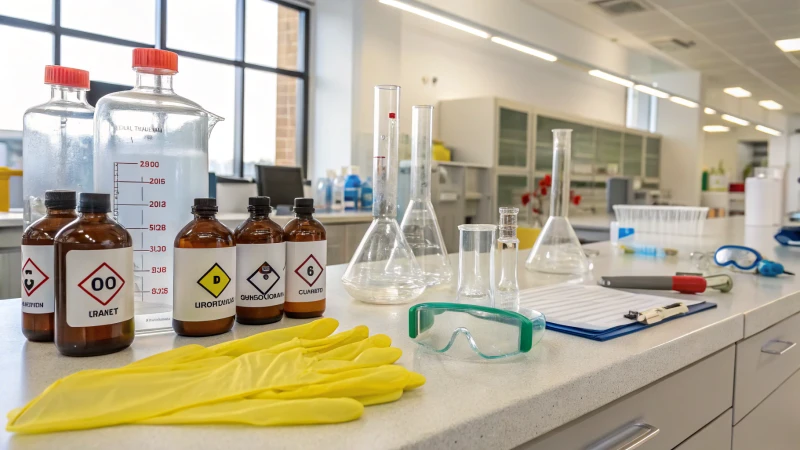
Understanding Material Interactions
When I first dove into the world of product manufacturing, I quickly learned that chemical compatibility is a game-changer. Imagine working with glass bottles1 and plastic bottles and realizing how their unique interactions with contents can make or break a product’s success. For instance, using glass bottles for perfumes seemed ideal due to their excellent chemical resistance, but I discovered that selecting low-lead borosilicate2 glass is crucial to prevent any unwanted reactions with alcohol-based contents.
- Glass Bottles: Often used for perfumes, glass provides excellent chemical resistance. However, low-lead borosilicate glass should be chosen to prevent alcohol interaction.
- Plastic Bottles: When dealing with skincare products, plastic materials like PETG3 were my go-to choice. Their ability to prevent oxidation through multi-layer co-extrusion offered peace of mind that the product’s integrity would be preserved.
These experiences taught me the importance of knowing how each material interacts with its contents.
Environmental Factors and Material Choice
I once had a client who stored essential oils in inappropriate packaging, leading to disastrous results. High temperatures can trigger reactions that compromise product safety. This experience highlighted the necessity of choosing the right materials, like fluorinated glass bottles4, to handle the corrosive nature of essential oils.
- Essential Oils: These require fluorinated glass bottles due to their corrosive nature.
- Storage Conditions: Ensure storage environments align with material compatibility to maintain product integrity.
Storage conditions also play a significant role. Ensuring that the environment aligns with the material’s compatibility can make all the difference in maintaining product quality and safety.
Assessing Compatibility with Standards
In my journey, I’ve seen how crucial it is to adhere to international standards for quality assurance. Whether it’s EU’s REACH or the USA’s FDA standards, certification and compliance act as safeguards against chemical incompatibility.
| Region | Standard | Description |
|---|---|---|
| EU | REACH | Ensures no harmful residues in packaging |
| USA | FDA | Food-grade contact standards |
I always recommend checking for these certifications to avoid potential pitfalls.
Preventing Incompatibility Risks
The risk of incompatibility once led me to a near-miss situation where a client’s product was on the brink of failure. We quickly implemented strategies such as meticulous material selection and regular testing to prevent such scenarios. Verifying supplier credentials5 became a routine practice, ensuring authenticity and quality.
- Material Selection: Opt for materials proven to be compatible with intended use. Testing under controlled conditions can prevent unforeseen interactions.
- Supplier Verification: Verify supplier credentials to ensure authenticity and quality of materials used.
- Regular Testing: Routine checks help identify early signs of incompatibility, allowing for prompt action.
These proactive measures have been pivotal in mitigating risks, ensuring that our products remain safe and effective for consumers.
Glass bottles are unsuitable for essential oils.صحيح
Essential oils require fluorinated glass due to their corrosive nature.
Plastic bottles prevent all chemical reactions.خطأ
Plastic like PETG reduces oxidation but doesn't prevent all reactions.
How does supply chain optimization impact sprayer bottle material choices?
When I first started navigating the world of supply chain management, I had no idea how much it would influence something as simple as choosing materials for sprayer bottles. It’s a game of balance and strategy.
Supply chain optimization affects sprayer bottle material choices by harmonizing cost, efficiency, and sustainability. It involves assessing raw material costs, compatibility standards, and market trends to streamline production and mitigate risks.
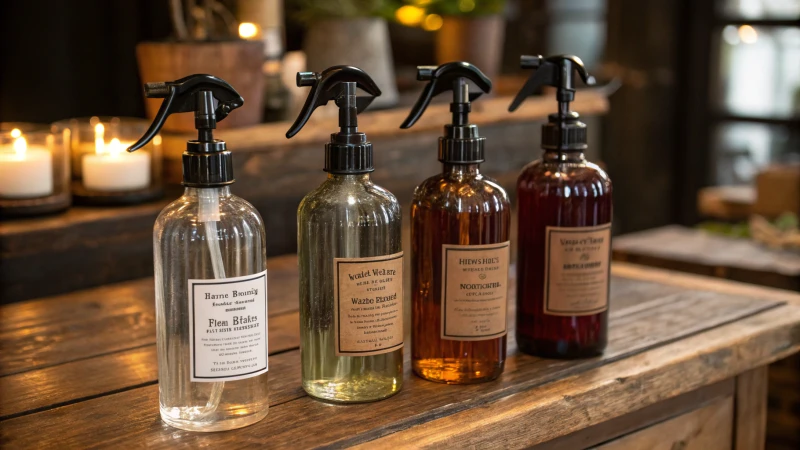
Understanding Material Costs
I remember a time when I was caught off guard by the soaring prices of silica sand, essential for making glass bottles. In 2023, prices jumped by 15%, forcing me to rethink my purchasing strategy. Keeping an eye on these fluctuations is crucial for maintaining cost-effectiveness.
| المواد | Primary Producers | Cost Factors |
|---|---|---|
| زجاج | China, India | Silica sand price changes |
| Plastic | Southeast Asia | Crude oil market trends |
Compatibility and Standards
Once, I faced a major hiccup due to incompatible bottle necks and sprayer pumps. It taught me the importance of adhering to international thread standards like 24/410. Mold-sharing rates can slash costs by about 40%. This has become a part of my checklist whenever I vet new suppliers. Always request a mold-sharing plan to ensure thread compatibility6 and filling process requirements.
Sustainability and Innovation
Sustainability is not just a trend; it’s a necessity. I’ve seen firsthand how regulations push for using PCR materials—it’s challenging but rewarding. European markets, for instance, are set to require at least 30% PCR content by 2025. Also, innovations like smart spray systems are fascinating as they enhance both user experience and efficiency.
- PCR Materials: Compliance with recycling regulations boosts eco-friendliness.
- Smart Systems: These adapt to environmental changes, improving usage.
Risk Management in Material Selection
Selecting the right material can be risky. For instance, when dealing with essential oils, fluorinated glass is non-negotiable due to corrosion risks. This technology is pricey but worth it for product integrity.
| Product Type | Recommended Material | Risk Factor |
|---|---|---|
| Perfumes | Low-lead borosilicate glass | Alcohol interaction |
| Skincare mists | Multi-layer co-extruded PETG | Oxidation |
| Essential oils | Fluorinated glass | Chemical corrosion |
By honing in on these supply chain aspects, I’ve learned to make informed decisions that benefit both business efficiency and product quality. Staying informed about emerging trends7 and ensuring supplier compliance are key strategies in this complex landscape.
Silica sand prices rose by 15% in 2023.صحيح
Global silica sand price increased, affecting glass bottle costs.
European regulations require 30% PCR content by 2025.صحيح
EU mandates at least 30% PCR in PET packaging by 2025.
How Do Material Choices Impact the Cost of Sprayer Bottles?
Ever wonder how the choice of materials for sprayer bottles affects both your wallet and product quality?
Choosing materials for sprayer bottles significantly impacts costs, factoring in chemical compatibility, supply chain efficiency, and raw material price changes. By understanding these aspects, you can manage expenses effectively while ensuring top-notch product quality.
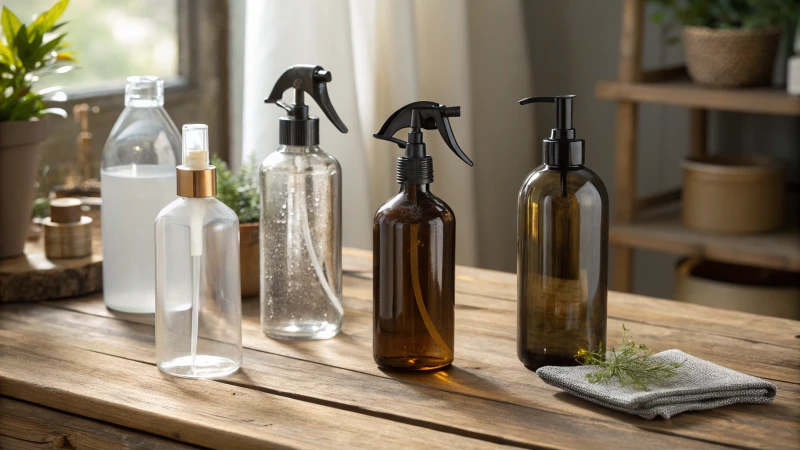
Chemical Compatibility and Material Costs
I remember the first time I had to choose the right material for a line of sprayer bottles I was developing. It was a balancing act of chemistry and costs. I learned that using the wrong material could lead to disastrous reactions. For instance, high-end perfumes often use low-lead borosilicate glass to maintain purity, even though it’s pricey. On the flip side, skincare products might opt for multi-layer PETG bottles8 to combat oxidation without breaking the bank.
Comparison Table: Material and Cost Implications
| Material Type | Application | Cost Factor |
|---|---|---|
| Low-Lead Borosilicate | Perfumes | High initial cost |
| Multi-layer Co-extruded PETG | Skincare Products | Moderate, with coating expenses |
| Fluorinated Glass | Essential Oils | High due to limited suppliers |
Supply Chain Optimization
In my experience, adopting smart strategies like mold sharing can be a game-changer, cutting initial costs by up to 40%. However, it comes with a catch—your unique designs might end up in a competitor’s lineup. Ensuring compatibility through international thread standards9 like 24/410 can prevent pesky leaks and maintain quality.
Impact of Raw Material Price Fluctuations
I’ve seen firsthand how raw material prices can fluctuate like a rollercoaster. Back in 2023, when silica sand prices shot up by 15%, glass bottle costs were directly hit. Negotiating with suppliers to lock in prices was crucial to keeping our budget intact. Sourcing PET from Southeast Asia10 might offer cost advantages, although there’s sometimes a trade-off in quality.
Emerging Technologies and Trends
With sustainability becoming more than just a buzzword, incorporating PCR materials11 is quickly turning from trend to necessity in certain markets. This shift not only impacts costs but also aligns with eco-friendly goals. On top of that, automated filling lines are now more compatible with modern designs, which reduces waste and boosts efficiency.
Emerging Trends Impact Table
| Trend | Cost Implication |
|---|---|
| PCR Material Regulations | Higher compliance costs |
| Automated Filling Compatibility | Reduced waste, upfront design costs |
By evaluating these factors thoughtfully, I found that businesses can strategically select materials for sprayer bottles that not only fit their budget but also support their sustainability ambitions. Getting a handle on the financial landscape12 of these choices is crucial for making decisions that enhance both financial health and brand reputation.
Low-lead borosilicate glass is cheap.خطأ
Low-lead borosilicate glass is expensive due to its purity and quality.
Mold sharing can cut initial costs by 40%.صحيح
Using shared molds reduces initial production costs significantly.
How Are Emerging Technologies Influencing Sprayer Bottle Design?
Sprayer bottles aren’t just practical anymore; they’re getting a high-tech makeover!
Emerging technologies are reshaping sprayer bottle design by incorporating smart spray systems, sustainable materials, and enhanced automation compatibility. These innovations boost efficiency, minimize environmental impact, and offer customizable user experiences.
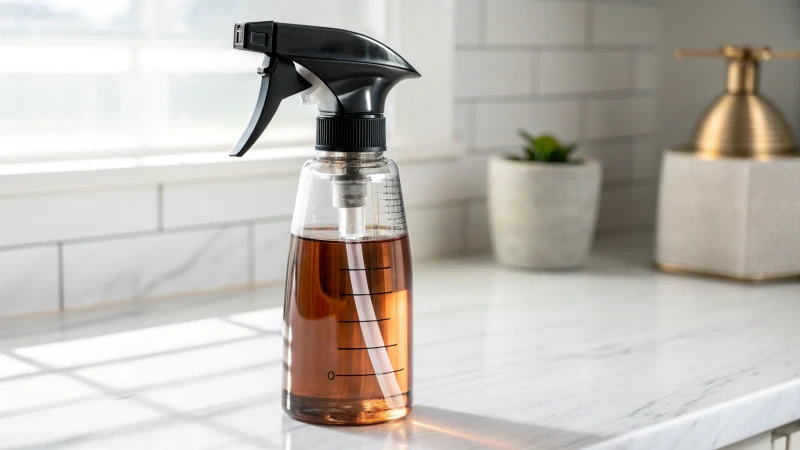
Smart Spray Systems
I remember the first time I encountered a smart sprayer system; it was like watching the future unfold in my hand. These intelligent systems adjust the spray output based on factors like humidity and skin temperature. Imagine being able to ensure just the right amount of product every time—no waste, just efficiency. Brands are catching on to this trend, creating a more personalized experience that feels like it’s tailored just for you.
Sustainable Materials
With environmental issues becoming more pressing, I’ve noticed a shift in focus toward eco-friendly packaging. Sprayer bottles made from recyclable PCR materials13 are not just a trend—they’re a necessity. They help reduce our carbon footprint and meet regulatory demands. In fact, I find it fascinating how material science is evolving to offer more sustainable options that align with both environmental goals and market needs.
Enhanced Automation Compatibility
In my experience, efficient production processes are crucial, especially for large-scale manufacturers. Modern sprayer bottle designs now fit seamlessly into fully automated filling lines, which minimizes errors and waste. This compatibility isn’t just a technical improvement; it’s a game-changer for production throughput and cost efficiency, making the whole operation smoother and more reliable.
Technological Impact on Design Elements
| Feature | Traditional Design | Emerging Tech Influence |
|---|---|---|
| Spray Mechanism | Manual trigger | Intelligent sensors |
| المواد | Standard plastics | Recyclable PCR materials |
| Filling Process | Semi-automated | Fully automated compatibility |
| Customization | Limited | Personalized, data-driven sprays |
These advancements aren’t just about functionality; they’re opening doors to new possibilities in product design14 and enhancing consumer engagement. It’s exciting to see how industries continue to innovate, leaving room for even more transformation in packaging design.
Smart spray systems adjust output by skin temperature.صحيح
Smart spray systems use sensors to tailor spray based on skin temperature.
All sprayer bottles must use PCR materials by 2025 in Europe.خطأ
European regulations require a percentage of PCR content, not all materials.
الخاتمة
Choosing the right sprayer bottle material is crucial for product integrity. Perfumes need low-lead borosilicate glass, skincare mists require PETG, and essential oils demand fluorinated glass to prevent reactions.
-
Discover different bottle materials and their compatibility with various chemical contents. ↩
-
Learn why low-lead borosilicate glass is preferred for high-end perfume bottles. ↩
-
Discover different bottle materials and their compatibility with various chemical contents. ↩
-
Understand the importance of fluorinated glass in preventing reactions with essential oils. ↩
-
Find methods to ensure your suppliers provide authentic and high-quality packaging materials. ↩
-
Understanding thread standards prevents leakage and optimizes production. ↩
-
Stay updated on innovations like PCR materials and smart systems for competitive advantage. ↩
-
Explore why multi-layer PETG is preferred for skincare bottles, focusing on its protective qualities against oxidation. ↩
-
Learn about thread standards that ensure compatibility between sprayer pumps and bottle necks. ↩
-
Understand the cost benefits and potential quality issues when sourcing PET from Southeast Asia. ↩
-
Discover regulations around using PCR materials in packaging and their impact on costs. ↩
-
Gain insights into how material choices affect financial aspects of packaging strategies. ↩
-
Learn about recyclable PCR materials and their benefits in sustainable packaging solutions. ↩
-
Explore how technology-driven trends are shaping modern product design, enhancing functionality and user experience. ↩



